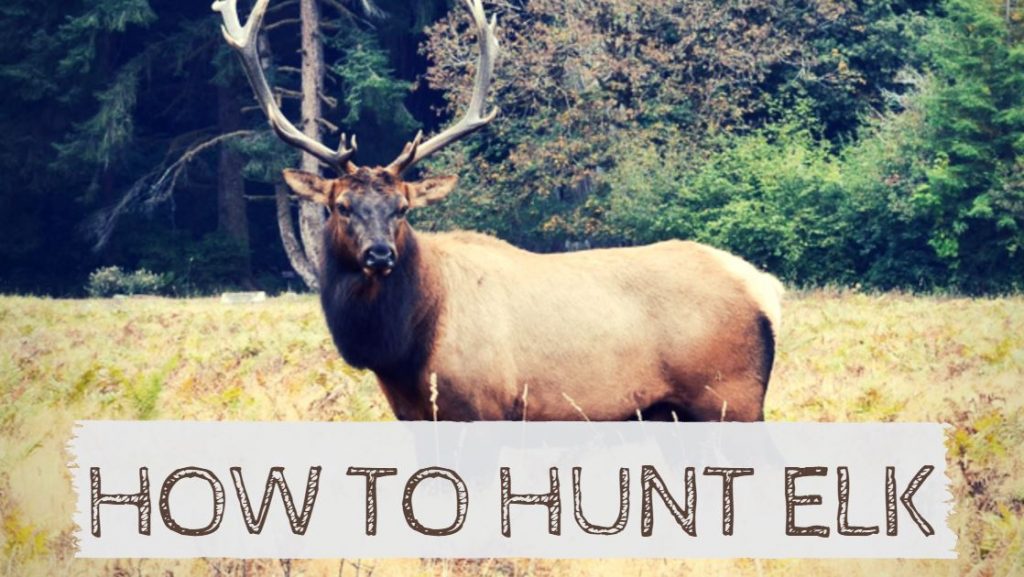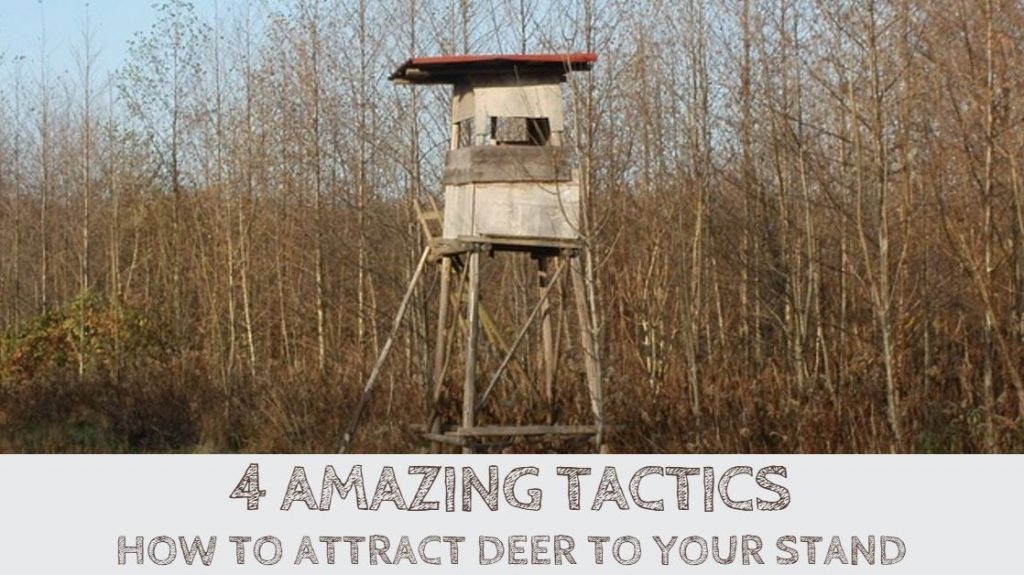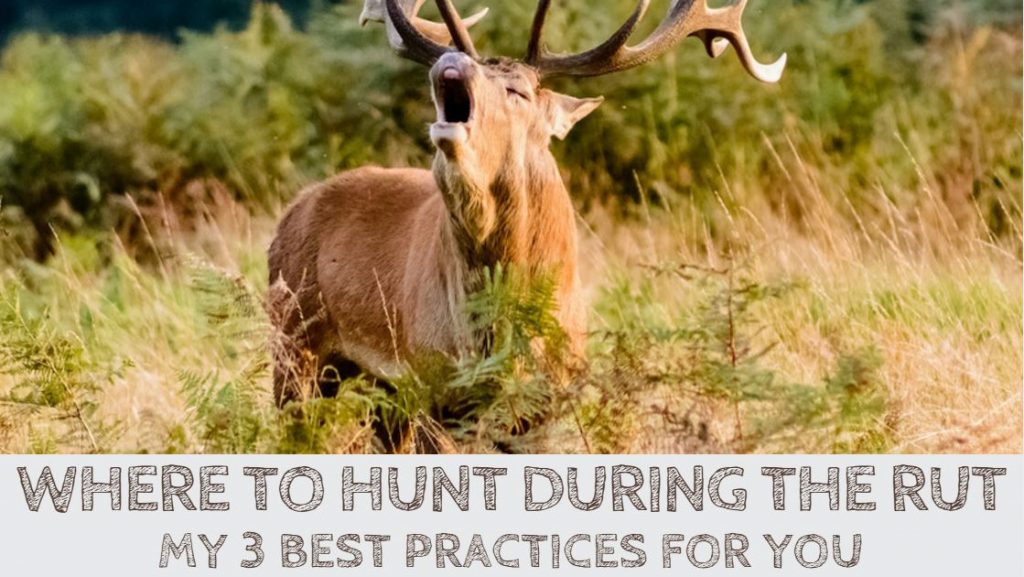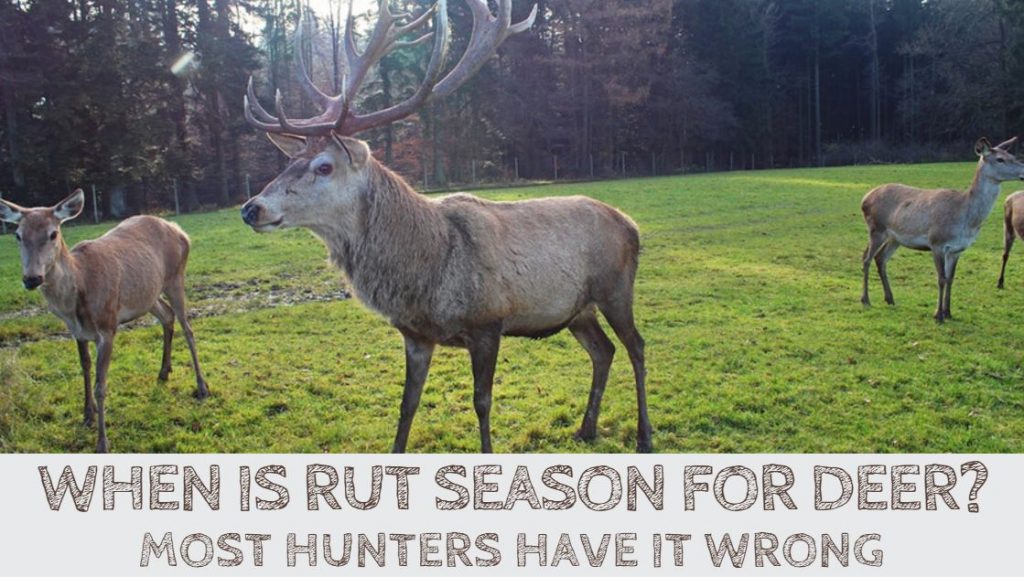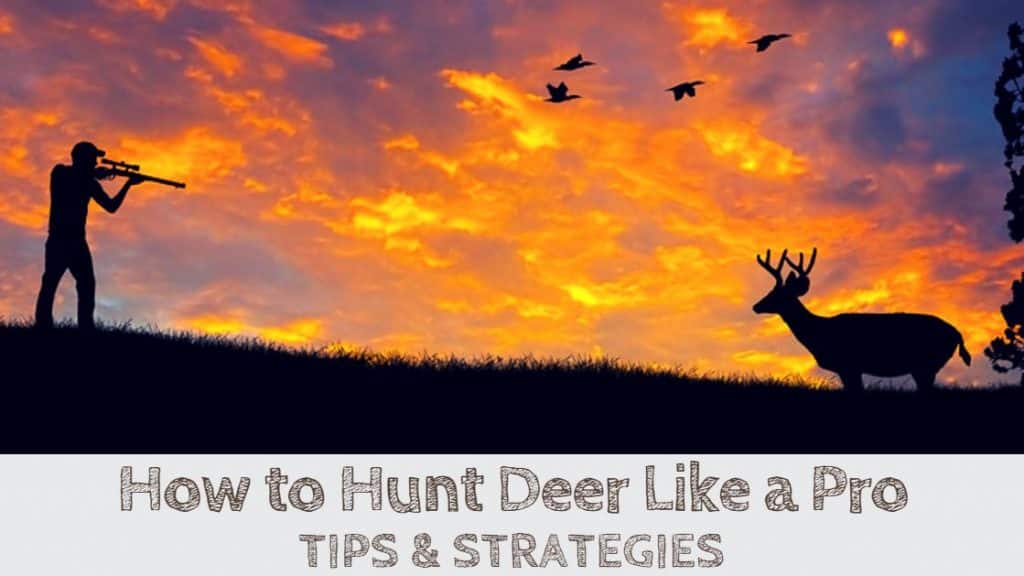How to Hunt Elk: Most states control elk hunting by limiting licenses in designated hunting areas per season, so hunters must apply for a license ahead.
By the time the elk hunting season arrives, hunters should know how to hunt elk and should have planned their hunting trip well. Hunters must have prepared their equipment, learned about the hunting area, and made plans for transporting the downed animal.
How to Hunt Elk: Introduction
Before learning how to hunt elk, here is a list of things that you need to know about Elk:
Type of animal: Elks are part of the deer family. They are also a part of the largest land animals in North America and Eastern Asia.
Habitat: Elks typically live in the forest and forest-edge habitat. They are mostly seen in North America and Asia but adapt to other environments.
Feeding: Elks feed mainly on grasses, plants, leaves, and bark. They typically eat in the mornings and at night, twice daily.
Breeding Season: Bull elk start losing their antlers early in March, and begin to grow them back in May to prepare for their late-summer breeding season.
Summers and Winters: Elks can be found mostly at higher elevations during summertime. During winter, however, they typically stay at a downward slope. They also tend to migrate when they are under hunting pressure.
Population Distribution: In North America, Elk primarily live in western regions, especially in mountainous landscapes such as Yellowstone National Park and Wyoming’s National Elk Refuge.
How to Hunt Elk: Step-by-Step Guide
When trying to hunt for an elk, make sure you follow these rules:
1. Scout for Elk
Scout your hunting area and make sure you are aware of the general locations of the elk before you begin your hunt. You can use the Best Spotting Scope Under 100 to help scan the area.
When you are out there trying to hunt, you would need to be really slow to avoid spooking Elk so you need to know general areas of Elk presence beforehand.
2. Find the Food Source
Similar to scouting for the general location of Elk, you need to find out where their food is! Elks usually stay longer at a place where the food is in abundance.
You can easily find Elk there, especially at night.
In the day, when they have finally left the location, you can track them by monitoring their trail. They usually leave their droppings on their tracks.
3. Setup your Blind
If you observe that the Elk are visiting the same food sources regularly, then set up a blind and wait for Elk to come closer to you as it reduces the risk of spooking them away.
The best locations for setting up the blinds are the routes between bedding areas and food sources.
Check your local hunting regulations if you wish to night hunt Elk from your hunting blind. If it is legal, then using a night vision scope for AR15 can help you hunt Elk. It will give you better visibility so that you can shoot with greater accuracy.
4. Watch the Wind
During one of my earlier adventures, I missed the hunt several times because I was not paying attention to the wind.
When hunting for an elk, watch the direction of the wind closely.
The Elks usually have a great sense of smell, great eyesight, and sharp ears. They can detect danger from a very long place, so make sure that you have the wind constantly blowing to your face to avoid being detected.
5. Don’t Use Calls
Bugles and cow calls have been overused in hunting. Elks are very aware of such calls and don’t come out.
We like using the Best Duck Calls for Beginners on our waterfowl hunting trips. We have had excellent success with these calls. So we tried using bugles and cow calls to trick the Elk. But it seems Elks have developed a defense mechanism against calls, so they don’t work anymore.
6. Don’t Spook Them
Even if it seems like a whole lot of fun, do not spook an elk. Once you spook the Elk, they run away because it becomes a sign of danger to them. If you are on private property, they might even run away to another property where you won’t be able to hunt them.
7. Respect Their Leader
Respect the leader of the pack. Elks usually go around in groups, and they have a designated leader for the group.
If you mistakenly spook the leader, it would become extremely difficult for you to spot another elk for at least the next few days! Once they sense danger, Elk would find the fastest way to leave the spot immediately and may never show up there again.
8. Stay Out of the Bedding Areas
If you make elk nervous by your presence around their bedding areas, then elk would change their habits to avoid being seen again.
It is important that you stay clear of the bedding areas and instead find an ambush point between the bedding areas and food sources.
It is not difficult to learn how to hunt elk if you follow the rules above. Stick very close to the guidelines and your hunting will become easier and even fun.
Last Updated on May 15, 2025 by Victor Mays
